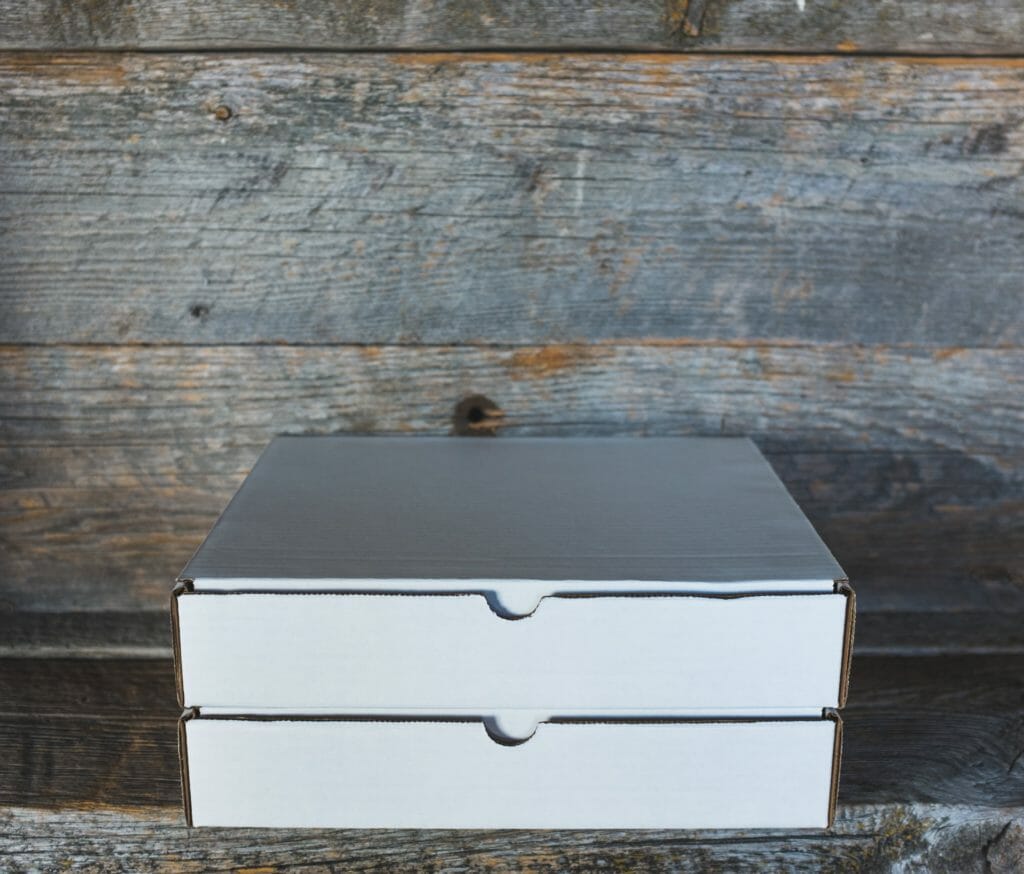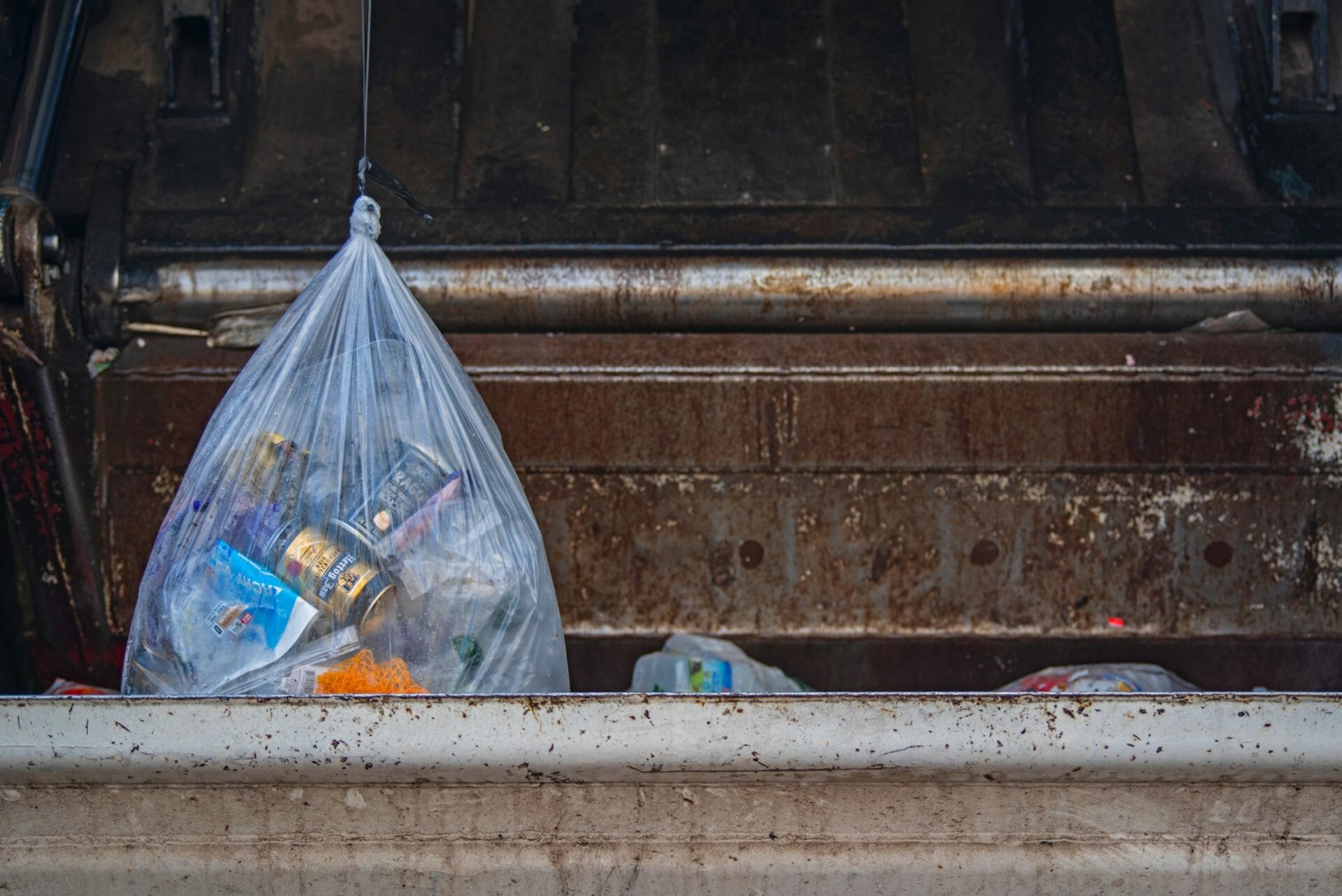Condo buildings offer a lot of great perks and benefits, including garbage chutes. While long-time condo residents may take this convenient feature for granted, it’s nice to never have to lug recycling or garbage bin to the curb. Unfortunately, some condo dwellers think that the garbage chute can handle all garbage, including furniture, sheets, and pizza boxes. The reality is that the system cannot process every item, and when something disrupts the garbage chute, everyone has to suffer the consequences.
Download our templates for garbage chute notices
Garbage is something few think about until the system is broken. And yet, we’ve seen hundreds of condo buildings struggle with this recurring problem because it happens so easily and so regularly. It only takes one oversized box to clog the chute. However, fixing the chute can be costly if a repair technician is required, especially if it’s happening regularly.
Most buildings provide owners and tenants with detailed instructions on how to properly dispose of garbage and recycling, but it’s easy to forget the rules (or where the central garbage area is located).
Table of contents
- Why can’t the garbage chute process everything?
- How can our building reduce garbage chute issues?
- Garbage chute etiquette
Why can’t the garbage chute process everything?
Condo buildings typically have a garbage chute system that allows residents to dispose of items from their floor. A garbage chute system on each floor means trash can easily be removed from a condo suite, and less garbage means fewer bugs/pests in condo units. Plus, small condo units need to empty garbage cans frequently to keep the space clean and odor-free. Properly functioning chutes can be an integral component of condo building garbage management.
The garbage chute system is a long vertical space passing by each floor of a building, but it’s not a black hole. Garbage placed in the chute drops to a dumpster at the bottom of the cylinder. Newer condo buildings are likely to have a more sophisticated garbage chute system that can sort trash, recycling, and organic waste. Best known as a tri-sorter, this system can send items to one of three containers using a shifting motorized metal plate. Residents indicate where the waste should end up by selecting one of three buttons located on a panel next to the chute door. If the chute is already in use, a resident may have to wait a few moments before they can make their selection. The panel also indicates if the chute is available to use, if it’s in use, or if it is out of service.
In some cases, waste gets put into a compactor which compresses everything to make more room. The compactor uses a sensor to activate, and crush garbage.
So, when a garbage chute is blocked, nothing coming down will be separated. Garbage just piles up on top of what is already stuck. Similarly, if anything gets caught in the motor, the system is rendered useless.

How can our building reduce garbage chute issues?
To keep garbage chutes from jamming up and breaking down, management and residents need to work as a team. Although managers have a responsibility to ensure regular maintenance is performed on chutes, improving communication with residents about proper garbage disposal is key to preserving long-term functionality.
Use announcements to remind residents of the rules
Posting a sign about proper garbage disposal is a good start, but it’s not going to resolve the issue. Sending informative and helpful announcements may garner more success. Delivering electronic messages, text, or voice messages directly to each resident and owner is cost-effective, and this communication strategy ensures each person has a chance to read or hear all of the information.
Condo Control’s announcements feature allows management to customize messages, select who receives announcements, and even preschedule announcements for a future time and date.
If the garbage chute suddenly stops working, you can easily make and send out a new announcement from your phone or desktop to let residents know that the chute cannot be used until the issue is resolved, and where they can dispose of their waste in the meantime. Once the system has been fixed, you can just as easily notify the building that the chute is up and running again.
Share best practices in newsletters
Devote a section of your community’s newsletter to educating residents and owners about important rules or processes without lecturing them. Creating a simple chart that highlights what can and cannot go down the chute can help prevent accidents and misunderstandings. Don’t forget to clearly explain where oversized items should be dropped off. Residents need to know exactly where to take the garbage that cannot go into the chute. If those instructions are not clear, the garbage will end up somewhere that it shouldn’t be.
Explain what will happen if chutes are misused
As mentioned earlier, people don’t think about garbage until it becomes an issue. Explain to residents and owners why they cannot drop everything down the chute, and what happens when they do clog the system. If you have photos of past accidents, you can attach those to electronic announcements. Just be careful not to share any identifying information, such as an address label on a box, with the community.
Attach a dollar value to the problem
Don’t be afraid to let residents know how much garbage chute repairs are costing the building. A clogged tri-sorter isn’t just an inconvenience, it’s an expense that ultimately impacts the entire community.
Issue a fine for breaking the rules
Holding residents accountable for their actions is a difficult, but essential part of condo management. If people continue to ignore the rules after clear instructions have been delivered, the building could look at issuing fines or passing repair costs to the offender. Some condos have even installed cameras to monitor garbage chutes on each floor. This makes it easier to identify and catch repeat offenders.
Garbage Chute Etiquette
In most cases, residents will follow the rules if proper information about garbage disposal has been shared with the community. Frequent communication regarding this issue is essential because people forget, and new residents may not know where to bring all of their oversized moving boxes. Here are a few garbage chute tips to share with your building:
- Loose items, like single cans, packaging, etc. should not be disposed of in a chute. Items should be bagged, and the bag should be tied tightly
- Large bags shouldn’t be tossed down a chute. If it’s challenging to get the bag in the chute, then it’s best to take the garbage to the main trash room in the building
- Don’t leave items in the garbage disposal room. Someone has to move the garbage eventually, and cleaners don’t want to pick up after residents
- Don’t throw Christmas trees, bedding, broken furniture, small appliances, etc. down a chute. These sorts of large items block the chute which causes garbage to pile up
- Never toss burning cigarettes into a chute
- If possible, use the building’s garbage system during hours when most residents aren’t sleeping (8 am to 10 pm)
Conclusion
Proper communication can do a lot for a condo community. When owners and residents are equipped with the information they need, they are far less likely to act in ways that will impact the well-being of the property and the people that live in the building. Besides, no one is happy when they can smell a mountain of trash piling up in their garbage chute.
Download Templates
Download our free garbage chute template


